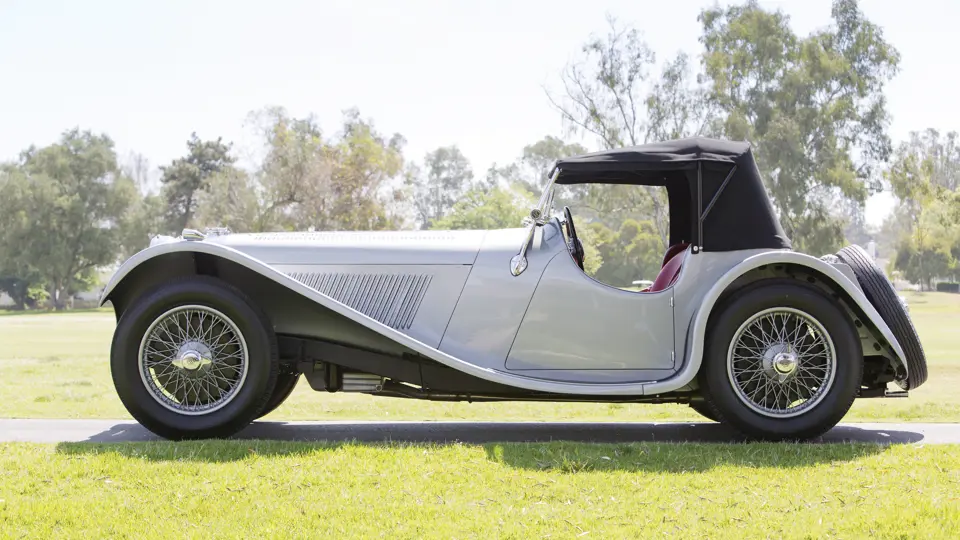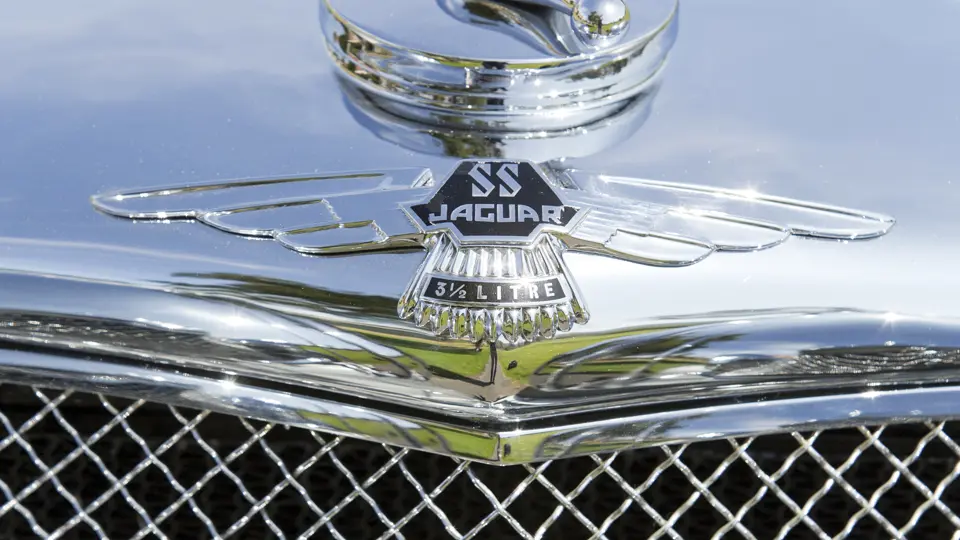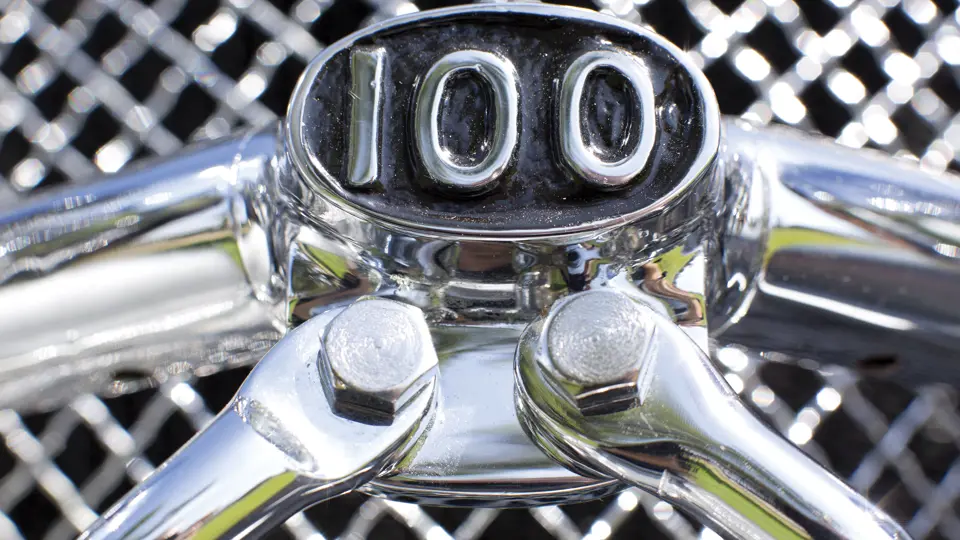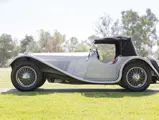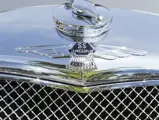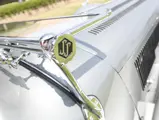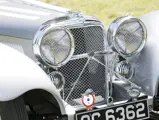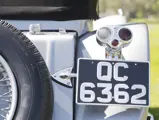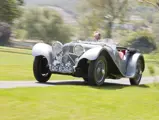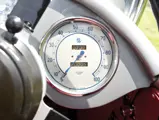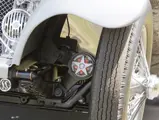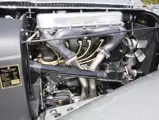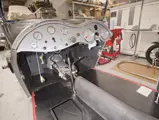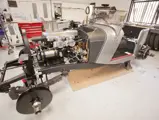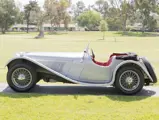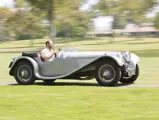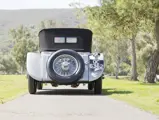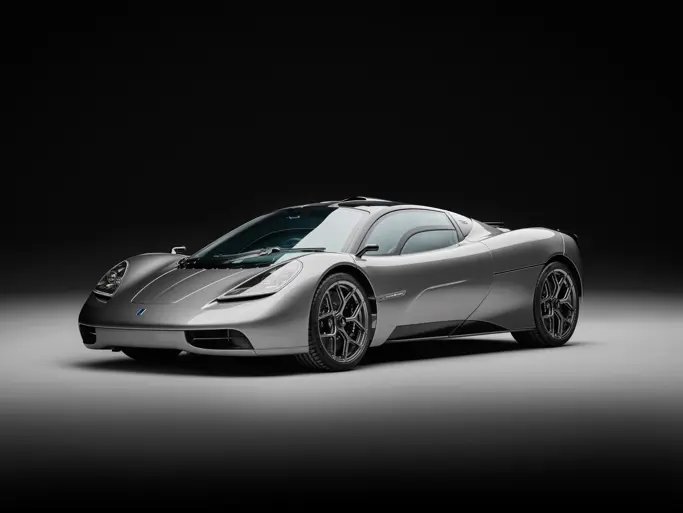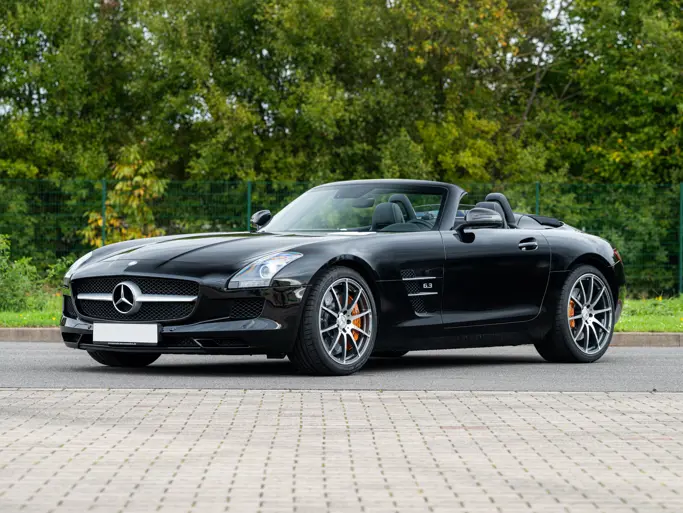
1938 SS 100 Jaguar 3½-Litre Roadster
{{lr.item.text}}
$852,500 USD | Sold
{{bidding.lot.reserveStatusFormatted}}
- One of 118 original 3½-Litre examples
- Formerly owned by the Keno family
- Veteran of the Louis Vuitton China Run
- Recent documented restoration by marque specialists
- A 100-point result at the May 2014 JCNA Concours; one of the finest restored examples in existence
- Jaguar Daimler Heritage Certificate included
125 bhp, 3,484 cc pushrod overhead-valve inline-six, twin SU carburetors, four-speed transmission, solid front beam and semi-floating rear live axles with half-elliptic leaf springs and Luvax hydraulic dampers, and four-wheel Girling drum brakes. Wheelbase: 104 in.
William Lyons and William Walmsley’s Swallow Sidecars started building motorcycle sidecars in 1922, and then it soon expanded into custom bodies for affordable cars, such as the Standard 9, the Austin Seven, and later other marques. Their offerings of stylish, high-quality, low-priced bodies for inexpensive cars were naturally very successful during a depression, and in 1931, they were able to introduce a car in their own name, the SS1. Close ties with the Standard Motor Company provided Standard engines and running gear for years to come.
By 1934, Lyons and Walmsley parted ways and Lyons took full control. The 1935 SS Jaguars were SS’s first model developed fully in-house, and with Nazi Germany on the rise, they adopted the Jaguar name. Through incremental development, first of bodies and then their own chassis and suspensions for 1935, William Lyons was well on his way to his dream of a car that was completely his own.
As an enormous investment was required, engines remained the one factor outside of Jaguar’s abilities, but Standard wanted theirs custom, so they constructed not only engines but also famed engineer Harry Westlake’s new pushrod OHV heads for the Standard-based 2½-liter SS 100. These yielded 105 horsepower, which was an incredible improvement over the 68 horsepower from the side-valve straight-six in an SS90. With performance finally backing up the SS Roadster’s Le Mans body, the SS 100 2½-Litre was launched in September 1935.
As they were now selling cars in earnest (over 14,000 SS Jaguars between 1935 and 1940), Jaguar’s old-world, ash-framed construction was becoming too time consuming, and all-steel bodies were adopted for the volume-selling saloon cars for 1938. These heavier bodies required more power, so Westlake chief engineer William Heynes worked on an enlarged and improved version of the 2½-liter engine, which featured the Westlake OHV head, improved oiling and durability, twin SU carburetion, and low-restriction exhaust manifolds. This 125-horsepower, 3½-liter saloon engine was offered as an option in the SS 100 as well, and this classic muscle car combination of a sedan engine in a convertible that was 1,000 pounds less, not to mention one costing only £445, made it an instant sensation.
As it could hit 60 mph in just over 10 seconds and was capable of 100 mph, literally nothing else compared. Nevertheless, this was still a sports car during impoverished pre-war Britain, and from 1938 to 1940, SS 100 3½-Litre production saw only 118 sold. It goes without saying that buyers were primarily members of the sporting elite, many of whom were interested in the sporting potential. While not designed as a rally car, 2,610 pounds and 125 horsepower were an irresistible formula, and privateer owners campaigned their SS 100s extensively, visibly and successfully, much to Lyons’ delight.
Presumably, the first owner of chassis number 39032 was such an owner. The Heritage Certificate does record that construction was completed on January 18, 1938, and the car was promptly dispatched to Parker’s of Bolton in greater Manchester on January 26. It was finished in Gunmetal Grey over Silver Grey, and it received a period-correct replacement 3½-liter engine, number M 499 E, from an SS Jaguar saloon during this period. It remained in the United Kingdom until 1962, when it was imported into the United States.
Photographs exist of the car in this period on a trailer behind a Volvo sedan, possibly at the South Street Seaport. It was acquired by Eugene Faust, who restored the car for the first time in the mid-1960s, which included replacing the original fenders. Then, in 1969, Faust sold it to Mohawk, New York-based antiques dealer and art teacher Ronald Keno.
For the next 40 years, chassis number 39032 would be the Keno family’s constant companion. Ron and Norma had three young children at the time, twins, Leigh and Leslie, age 12, and their older brother Mitchell, then 16, all of whom followed their parents into the antiques business. Despite Mitchell being the brother old enough to drive, it would be Leigh and Leslie who in later years became most closely identified with the car.
Leigh and Leslie Keno became well known through their antiques business and have even appeared on Antiques Roadshow and experienced Pebble Beach Concours judging. They would eventually take the family Roadster far beyond New York State’s Hudson Valley and their high-school prom, including on a 1,000-mile tour of China during the 1998 Louis Vuitton China Run. “We grew up in this car,” said Leigh, but by 2009, the Kenos felt they were no longer able to use it appropriately and passed it to a new owner.
The Jaguar was still impressive but somewhat worn from over 40 years of regular use, and it was time for a complete modern restoration. Two years of work ensued, during which time it was refinished to the highest show standards in its original Gunmetal Grey. Restoration details would fill volumes, and fortunately, the included DVD amply illustrates the thousands of hours of work poured into the car. New old stock parts and correctly refinished original equipment was used wherever possible; the body was fully reworked, finished, and leaded before painting; all rubber was replaced; a complete interior was fit and hand crafted by an expert trimmer; and the brightwork was plated to a dazzling shine. Although chassis number 39032 has only been completed since the spring of 2014, it has already received its first perfect JCNA 100-point score, at the May 2014 Jaguar Owners Club of Los Angeles Annual Concours d’Elegance. This is surely just the first of many to come. It is not every day one finds an SS 100 3½-Litre such as this one, let alone one that is restored with such attention to detail given. For the discerning collector, this would be a spectacular addition to their collection.
If any single car represents the epitome of pre-war British motoring, it is the 3½-Litre SS 100 Jaguar. As the first full flowering of Williams Lyons’ vision for what Jaguar could be, its shadow is far, far longer than miniscule production would suggest. Its engineering and styling not only set a benchmark for sports cars of the era, but it also heavily influenced the great Jaguar sports cars of the post-war era. The beloved Keno family treasure, finally restored to its full glory, is now ready to embark on its second life, and one can only imagine the adventures that await it.




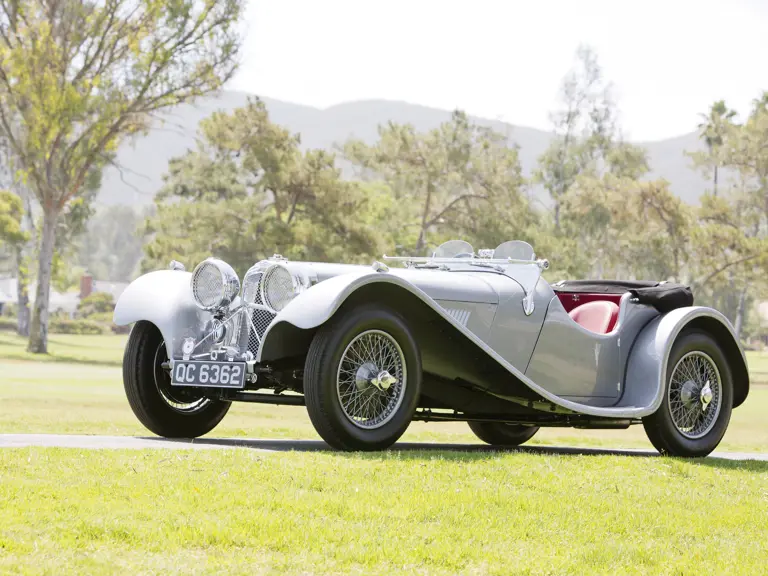
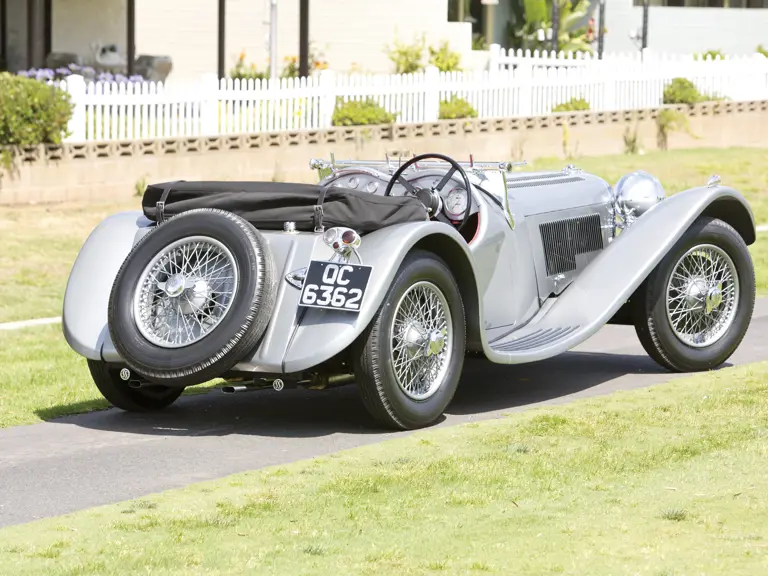
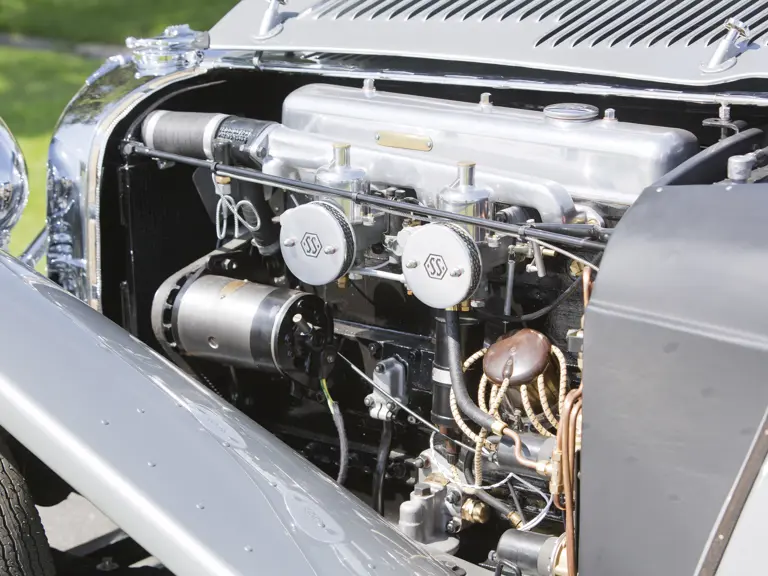
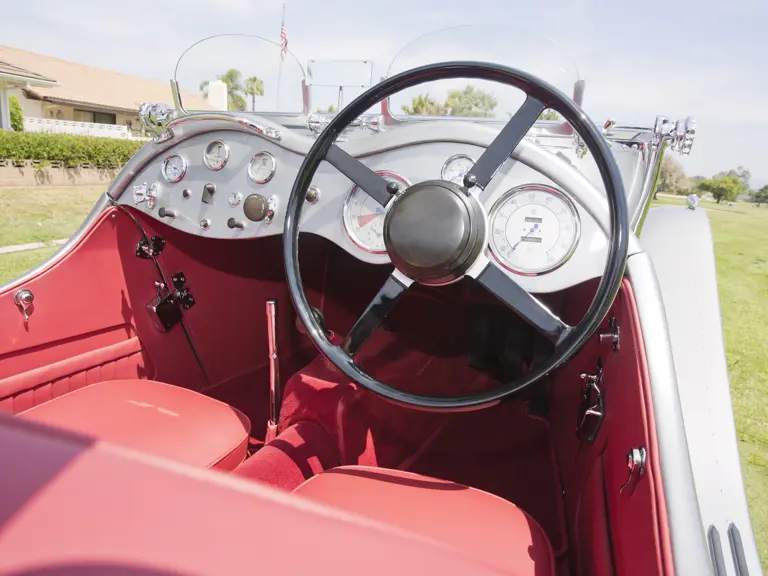
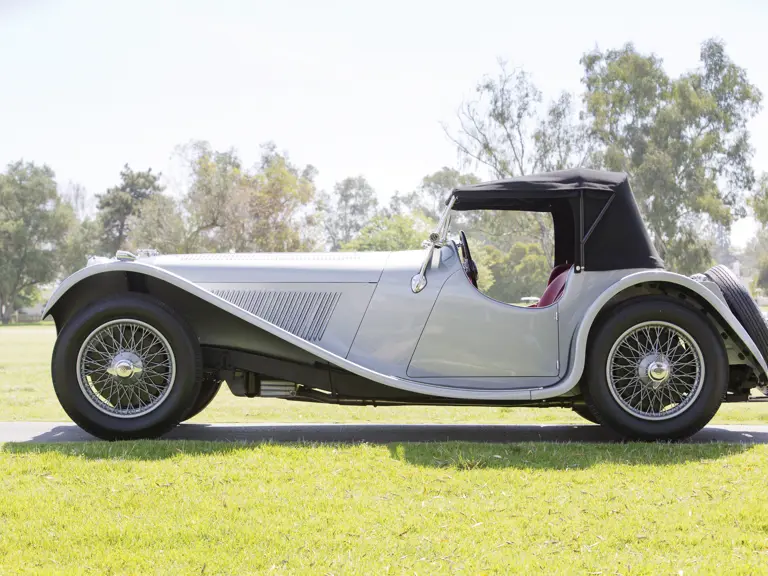
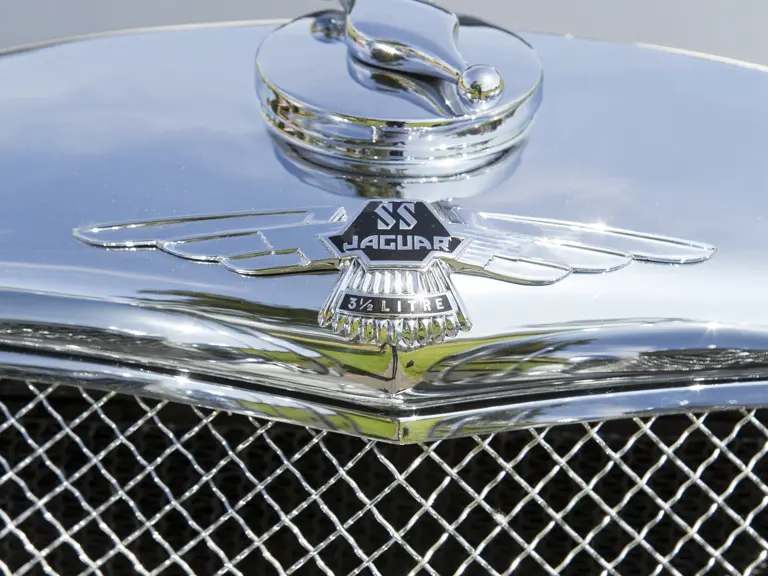
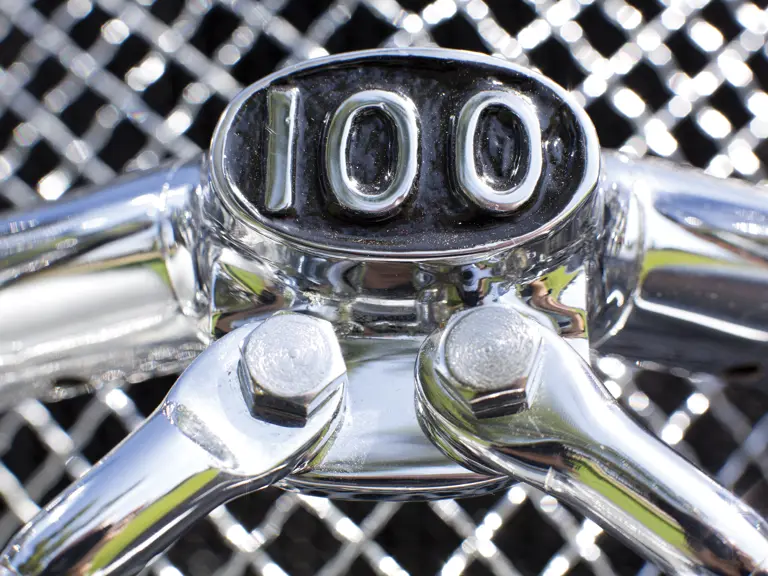
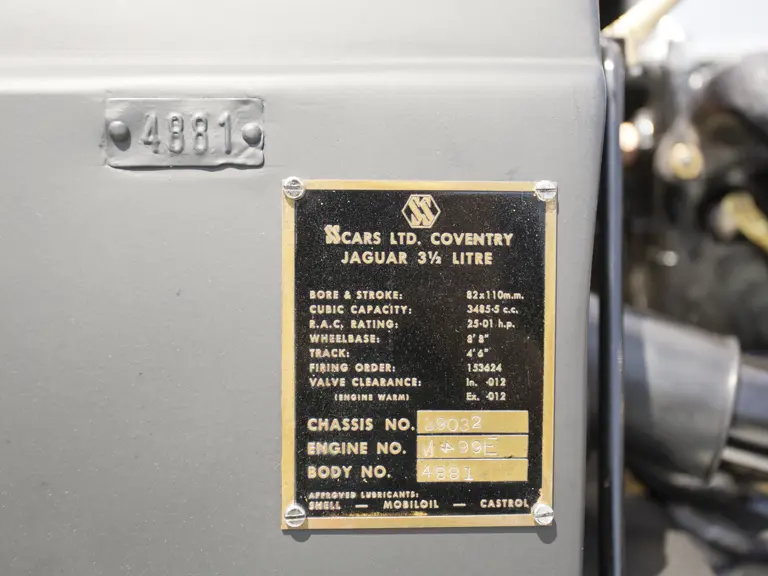
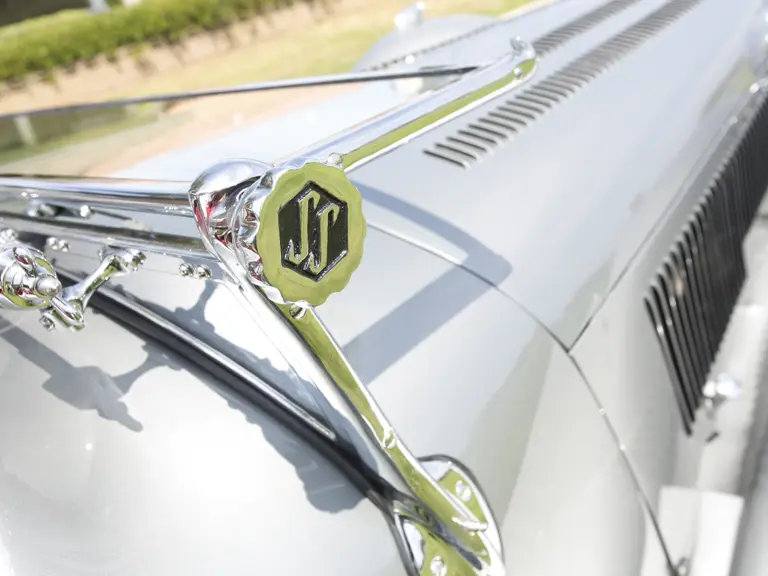
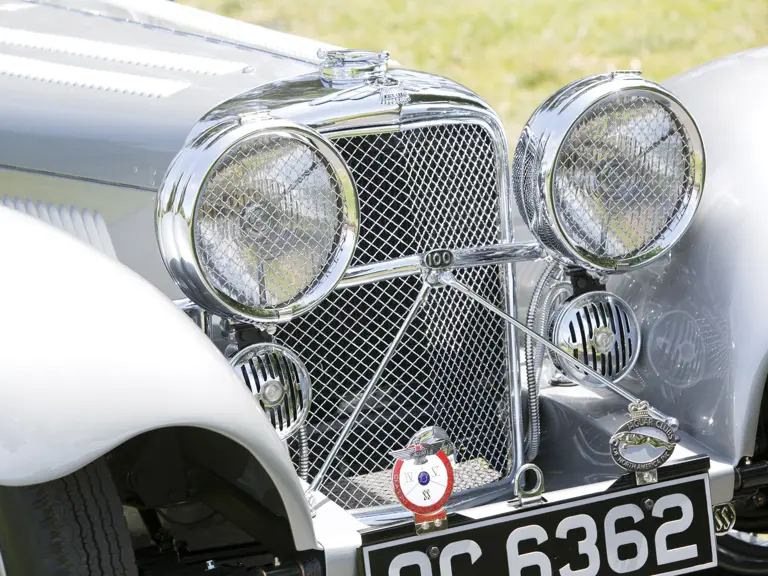
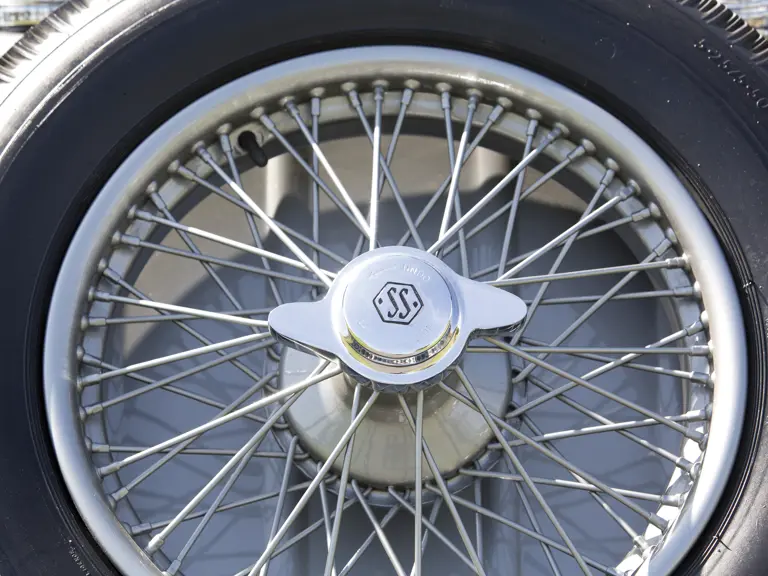
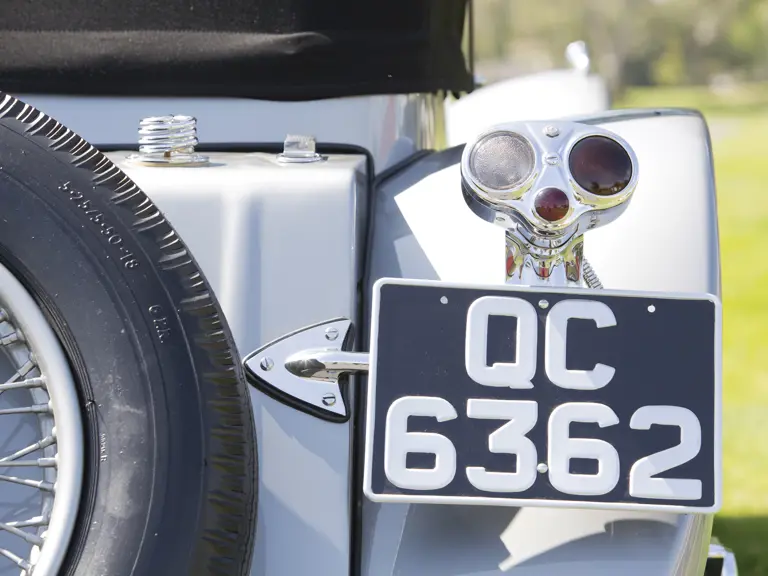



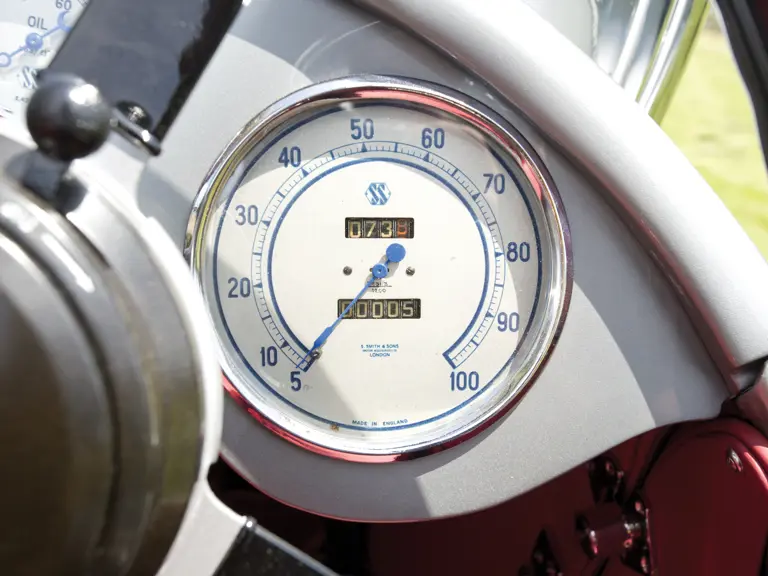
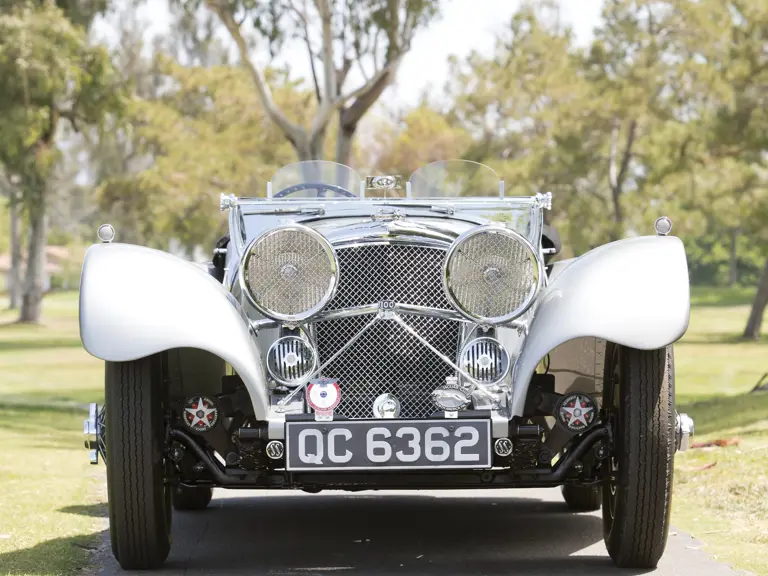
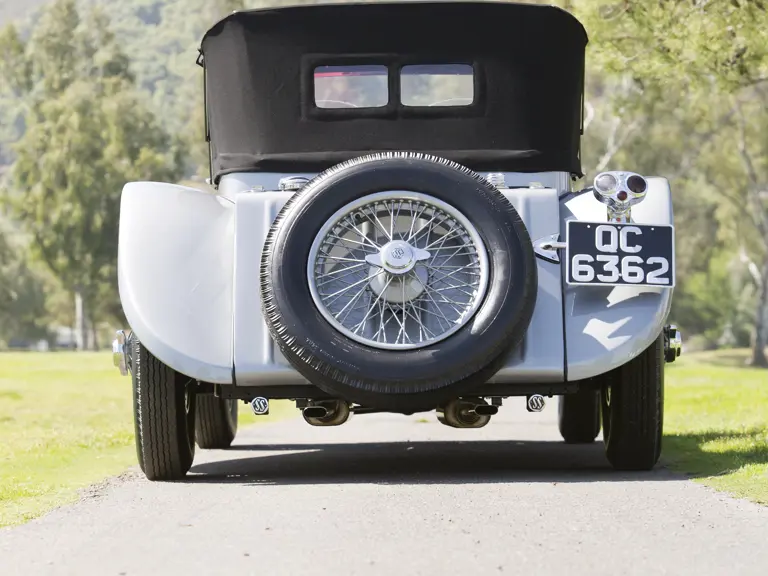
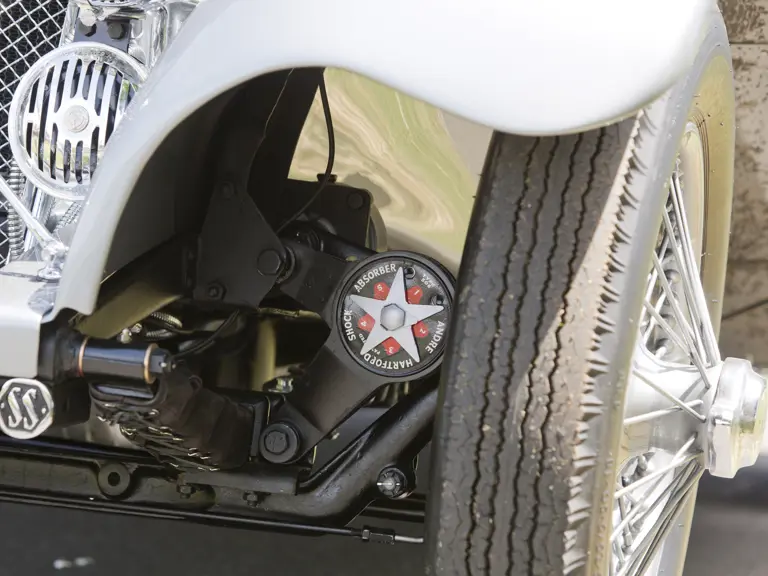
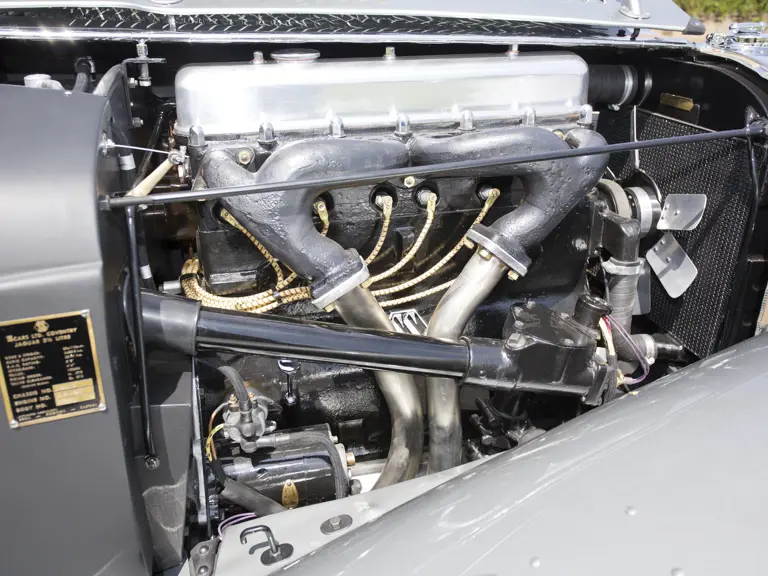

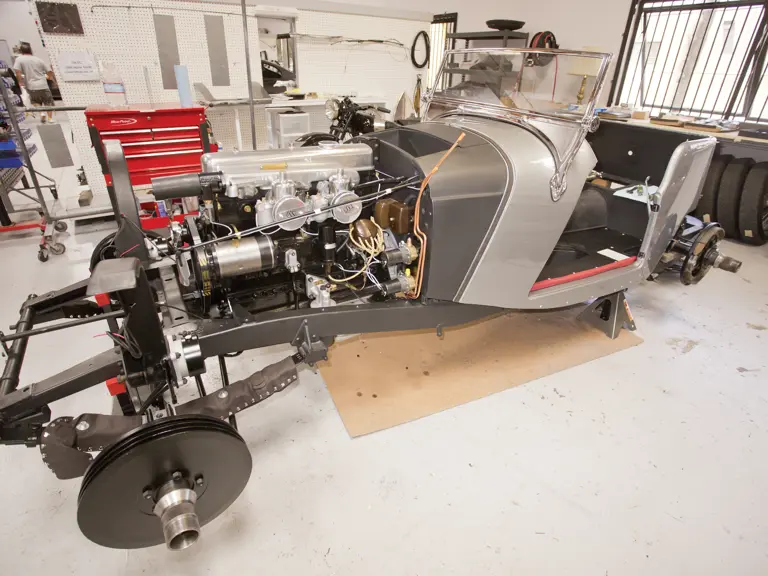
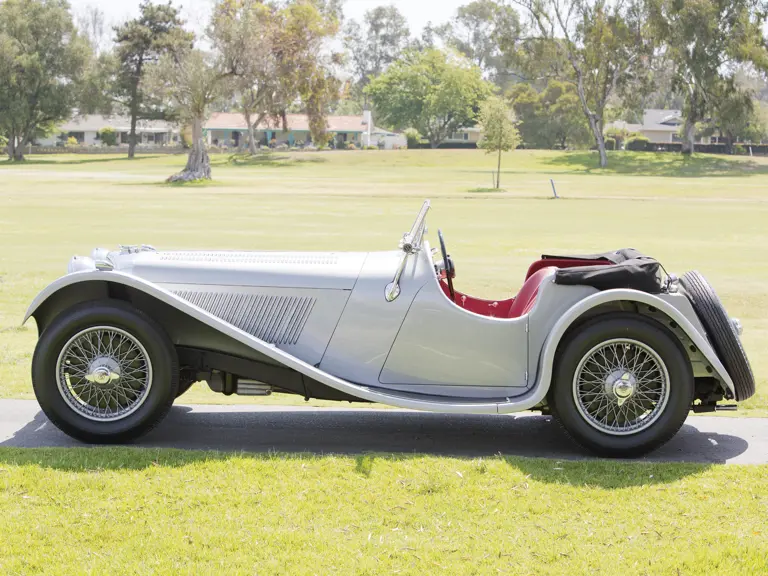
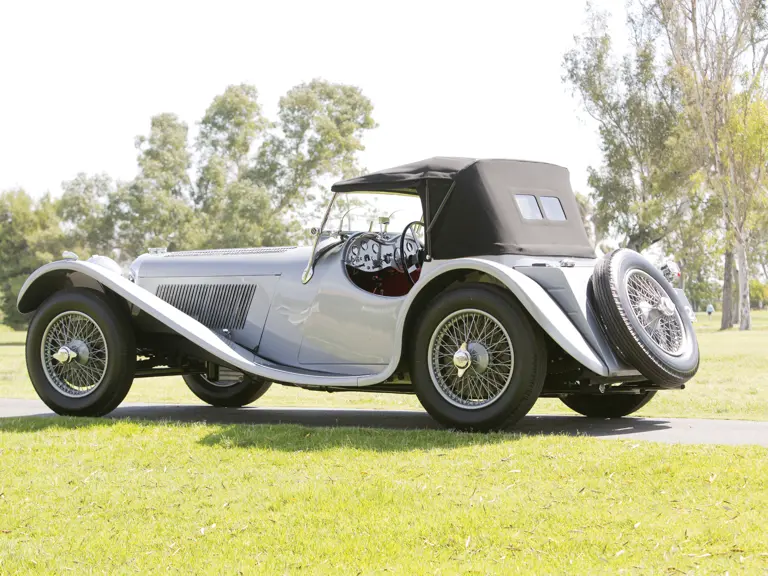
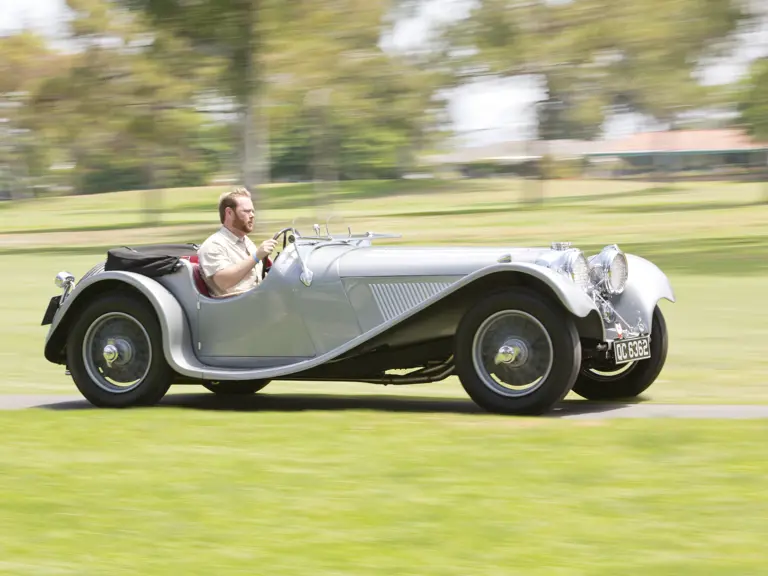

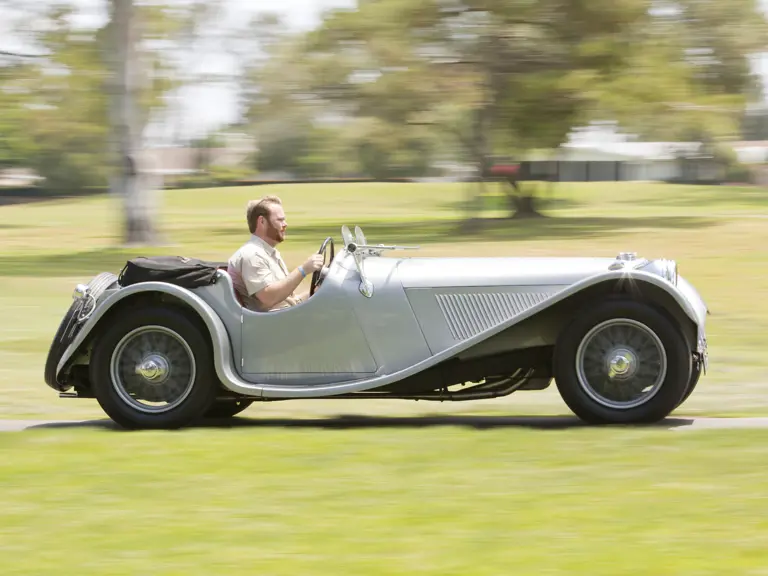

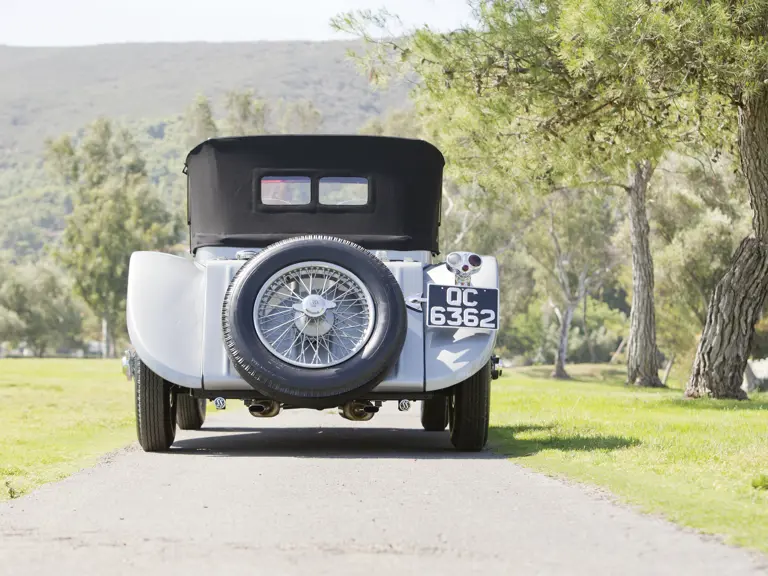
 | Monterey, California
| Monterey, California
